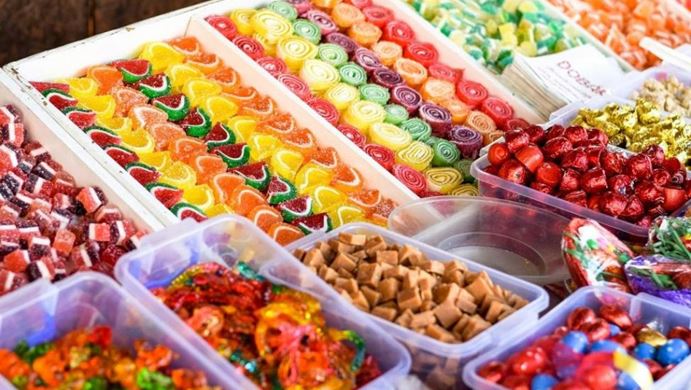
EVANSVILLE, Ind., March 3 (UPI) — America’s sugar stocks are low this year, and the food and beverage industries are starting to worry they will run out if the government does not act quickly to increase imports.
“There’s definitely palpable concern on the part of our members,” said Zachary Decker, the government relations manager at the American Bakers Association.
“Some other industries can switch and use something else, like high fructose corn syrup. But with baking and candy-making, you really need real sugar,” Decker said.
Problems began last fall when adverse weather devastated several sugar producing regions.
The majority of America’s sugar comes from sugar beets grown in the Midwest and sugar cane grown in the Southeast.
“What we had last fall was a disastrous series of weather events around the time of the sugar beet harvest,” said Jack Roney, the director of economic and policy analysis at the American Sugar Alliance.
“As much as one-third of beets were left unharvested. And, meanwhile, there was an unusual cold snap hit [the southeastern United States], and the sugar cane crop was reduced. So, it was an unusual coincidence of bad weather in both places,” Roney said.
U.S. sugar production this year is expected to be down about 10 percent, dropping to 8.2 million tons from 9 million tons, according to the U. S. Department of Agriculture.
A supply deficit already is showing. Two large U.S. sugar suppliers — including the nation’s largest supplier, United Sugar Corp. — already have declared a “force majeure,” which means they don’t have enough sugar to fulfill all their contracts this year because of unforeseeable circumstances.
United Sugar Corp. declined to comment for this story.
The shortfall also is affecting prices. Refined sugar generally hovers around 30 cents per pound, according to a spokesman for the Sweetener Users Association. The price now is closer to 50 cents per pound.
To correct the shortfall, the American industry will need more imported sugar from the world market this year. But that is not a simple thing to do.
USDA tightly controls the volume of sugar that can be imported to the United States as a way to keep prices high for producers.
It does this by maintaining a high tariff on imported sugar. Then, each year, the agency calculates the amount that the various sugar users will need, subtracts the amount produced by American farmers, and then allows tariff-free imports on the difference.
Under the North American Free Trade Agreement — and now the United States Mexico Canada agreement — Mexico gets first dibs at fulfilling America’s needs. If Mexico doesn’t have enough, the USDA can open up the tariff-free quota to other countries, the sugar alliance’s Roney said.
Mexico is beginning its harvest, and early signs are that its crop also will be reduced because of a drought during the growing season, Roney said.
“The only tension here is that [sugar users] are eager to open up imports as soon as possible,” Roney said. “Producers are of the opinion that we should increase imports, but let’s not do it too soon and let’s not overdo it.
“One of the things we worry about as producers is if we act too soon and get sugar from elsewhere in the world, and then if Mexico is able to fulfill the need, we’ll end up with an oversupply,” he said.
But America’s sugar users worry that domestic supplies might become exhausted in the meantime.
Several U.S. senators sent a letter last week to the USDA, asking the agency to act immediately to increase the tariff-free quota on sugar from other countries to ensure American sugar users maintain a steady supply.
“You can’t wait until we run out,” said Lee Sanders, the senior vice president of government relations and public affairs for the American Bakers Association. “If bakers run out of sugar, they will need to stop production.”





